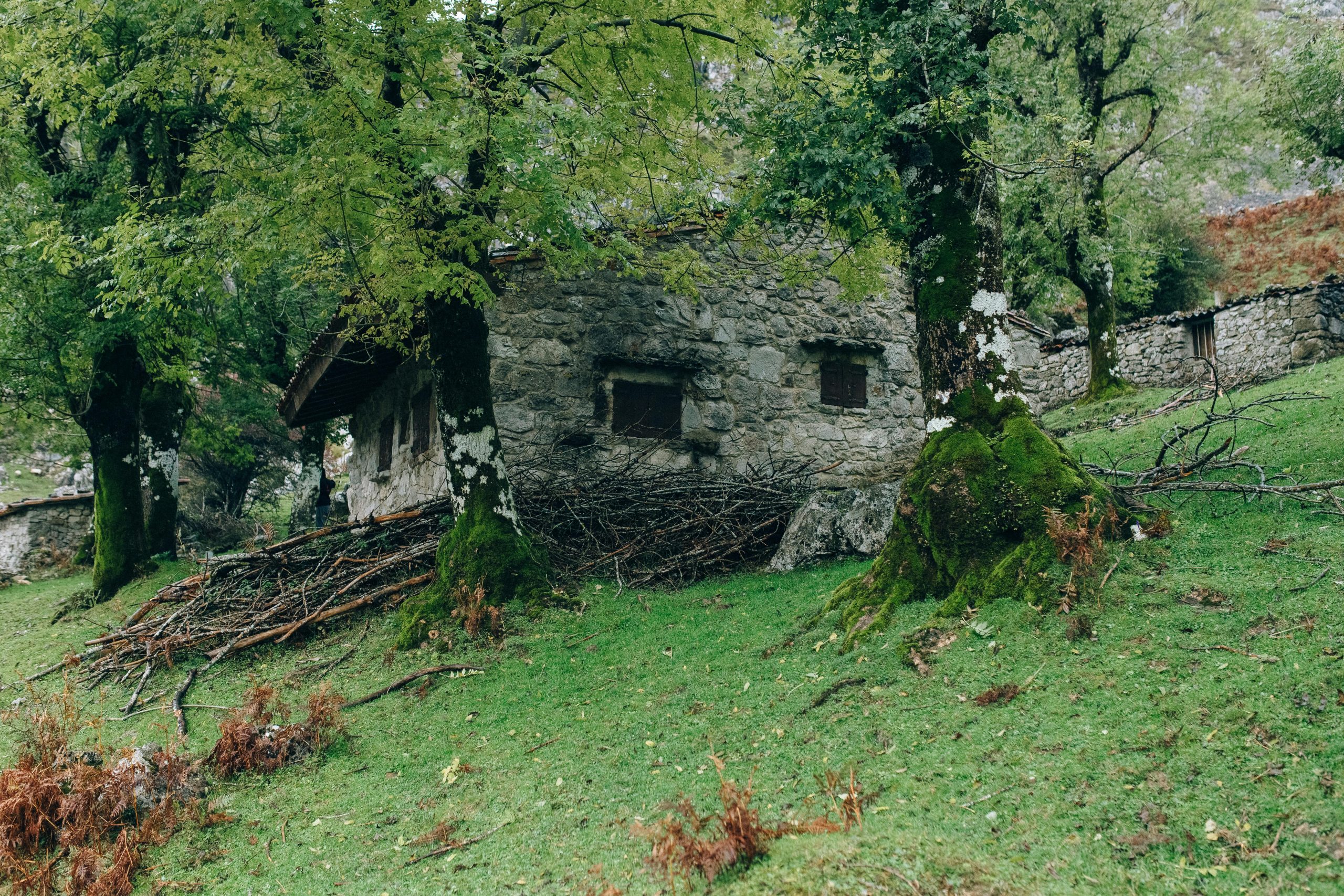Nature is full of wonders, many of which remain hidden from the average person’s view. While lions, tigers, and bears dominate the spotlight, countless rare and unseen animals thrive in the planet’s most remote corners. These creatures, often overlooked, possess unique adaptations and fascinating behaviors that make them true hidden gems of the natural world. In this article, we’ll introduce you to some of the most extraordinary animals you’ve likely never heard of—each one a testament to Earth’s incredible biodiversity.
The Enigmatic Saola: The “Asian Unicorn”
Deep in the Annamite Mountains of Vietnam and Laos roams one of the rarest mammals on Earth—the saola. Often called the “Asian Unicorn,” this elusive creature was only discovered in 1992, making it one of the most recent large mammal species to be documented by science. With its striking white facial markings and long, graceful horns, the saola resembles an antelope but is actually more closely related to wild cattle.
Despite its beauty, the saola is critically endangered, with fewer than 100 individuals believed to remain in the wild. Habitat loss and hunting have pushed this mysterious animal to the brink of extinction. Conservationists are racing against time to protect its remaining habitat and prevent the saola from vanishing forever.
The Peculiar Pink Fairy Armadillo
If you thought all armadillos were tough, armored creatures, the pink fairy armadillo will change your mind. Native to the sandy plains of Argentina, this tiny, pastel-colored mammal is the smallest armadillo species in the world, measuring just 4-6 inches long. Its delicate pink shell and silky white fur make it look like something out of a fairy tale.
What makes this creature truly unique is its adaptation to a subterranean lifestyle. The pink fairy armadillo spends most of its life burrowing underground, using its large front claws to navigate the sand. Unfortunately, due to its elusive nature and habitat destruction, sightings are rare, and little is known about its behavior in the wild.
The Mysterious Okapi: A Living Fossil
At first glance, the okapi looks like a cross between a zebra and a giraffe—and that’s not far from the truth. Native to the dense rainforests of the Democratic Republic of Congo, this shy and solitary animal is the only living relative of the giraffe. Its velvety brown coat and zebra-like striped legs help it blend seamlessly into the shadows of the forest.
Okapis were unknown to the Western world until the early 20th century, earning them the nickname “African unicorn.” Today, they face threats from habitat destruction and poaching, making conservation efforts crucial for their survival. Their elusive nature and remote habitat mean that much of their behavior remains a mystery to scientists.
The Bizarre Yet Beautiful Glaucus Atlanticus
Not all hidden gems are found on land—some lurk beneath the waves. The Glaucus atlanticus, also known as the “blue dragon,” is a stunning sea slug that floats upside down on the ocean’s surface. Its vibrant blue and silver coloration serves as camouflage, blending with both the water and sky to evade predators.
Despite its small size (just 1-3 centimeters), this creature packs a powerful punch. It feeds on venomous jellyfish like the Portuguese man o’ war, storing their stinging cells to use for its own defense. While mesmerizing to look at, the blue dragon’s sting can be painful to humans, proving that beauty and danger often go hand in hand in nature.
The Elusive Aye-Aye: Madagascar’s Nocturnal Oddity
Madagascar is home to some of the world’s most unusual animals, and the aye-aye is no exception. With its large, glowing eyes, bat-like ears, and long, skeletal middle finger, this nocturnal primate looks like something from a horror movie. Yet, its bizarre appearance serves a vital purpose—the aye-aye uses its elongated finger to tap on trees and extract insect larvae, a technique known as percussive foraging.
Sadly, superstitions in Madagascar have led to the persecution of aye-ayes, with many locals believing they bring bad luck. Combined with habitat loss, this has made the aye-aye one of the most endangered primates in the world. Conservation programs are working to change perceptions and protect this unique creature.
Conclusion
From the misty mountains of Vietnam to the depths of the ocean, nature’s hidden gems remind us of the planet’s boundless diversity. These rare and unseen animals, each with their own extraordinary adaptations, highlight the importance of conservation. By learning about and protecting these species, we ensure that future generations can also marvel at the wonders of the natural world. So the next time you think you’ve seen it all, remember—there are always more hidden treasures waiting to be discovered.
